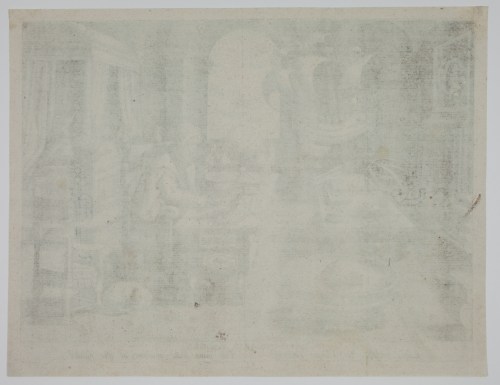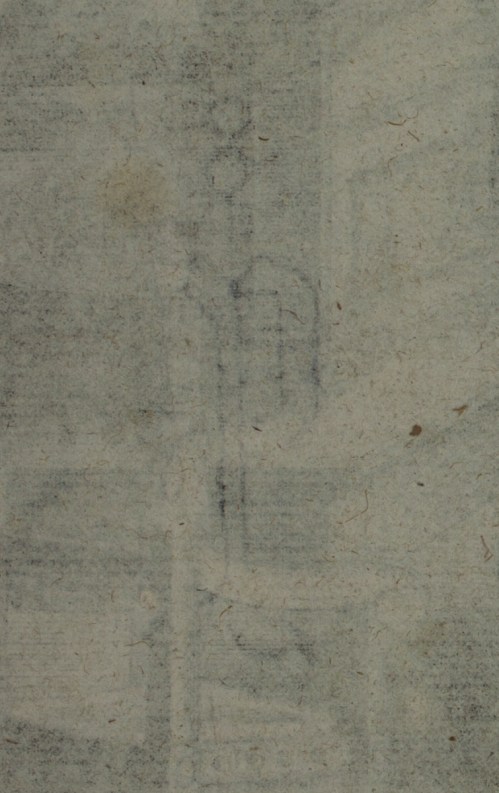Jan II COLLAERT (attributed to): Lapis polaris, magnes [Invention of the Navigation Compass] after Johannes STRADANUS - ca. 1588
SOLD
Engraving, 203 x 267 mm. New Hollstein (Johannes Stradanus) 324, 1st state (of 3).
Plate no.2 of the Nova Reperta series.
Impression of the 1st state (of 3), with Philip Galle’s address, before Johannes Galle’s. Four successive editions of the Nova Reperta series are known. It was first published around 1591 by Philip Galle in Antwerp and was then successively republished by Karel de Mallery (after 1612), by Philip Galle's son, Theodoor (before 1636) and by Theodoor’s son, Johannes Galle (before 1677).
Very fine impression printed on watermarked laid paper (Gothic P with flower, and another indecipherable watermark). In perfect condition. Small margins (sheet: 219 x 284 mm).
According to the Latin text in the caption, a man named Flavius discovered the properties of magnets (their « secret love for the Pole ») and how useful this could be for seafarers. The invention of the navigation compass has indeed long been attributed to an Italian named Flavius, who is reputed to have lived at the turn of the 13th and 14th centuries, but the instrument was in fact already known at the time: “The early history of the magnetic compass, one of the most important instruments developed during the Middle Ages, remains obscure, but it was probably in use for navigation purposes in Europe from the mid-twelfth century onward […]” (James Clifton, p. 80).
The attribution of the discovery to one ‘Flavius’ is today deemed far-fetched: it probably originated in a misreading of the Latin text written by Flavio Biondo in 1450, which was then repeated by various authors. In fact, Flavio (Biondo), as became clear in the 20th century, only wrote about the discovery of the compass.
The engraving represents Flavius, the presumed inventor of the compass, sitting at his desk, studying and taking measurements, surrounded by his instruments, a compass, a square, a globe, an octant, an hourglass, a sundial, an armillary sphere… In the foreground, the magnetised stone resting on a wooden plank and floating in the middle of a basin full of water is a primitive version of the navigation compass.
A preparatory drawing of this engraving is kept in New York (Cooper-Hewitt, National Design Museum, inv. 1901-39-302, mentioned in New Hollstein).
Reference: James Clifton: « Mathematical Instruments in the Nova Reperta », ‘Lapis Polaris Magnes’, in Renaissance Invention: Stradanus's Nova Reperta, pp. 79-81, 2020.






